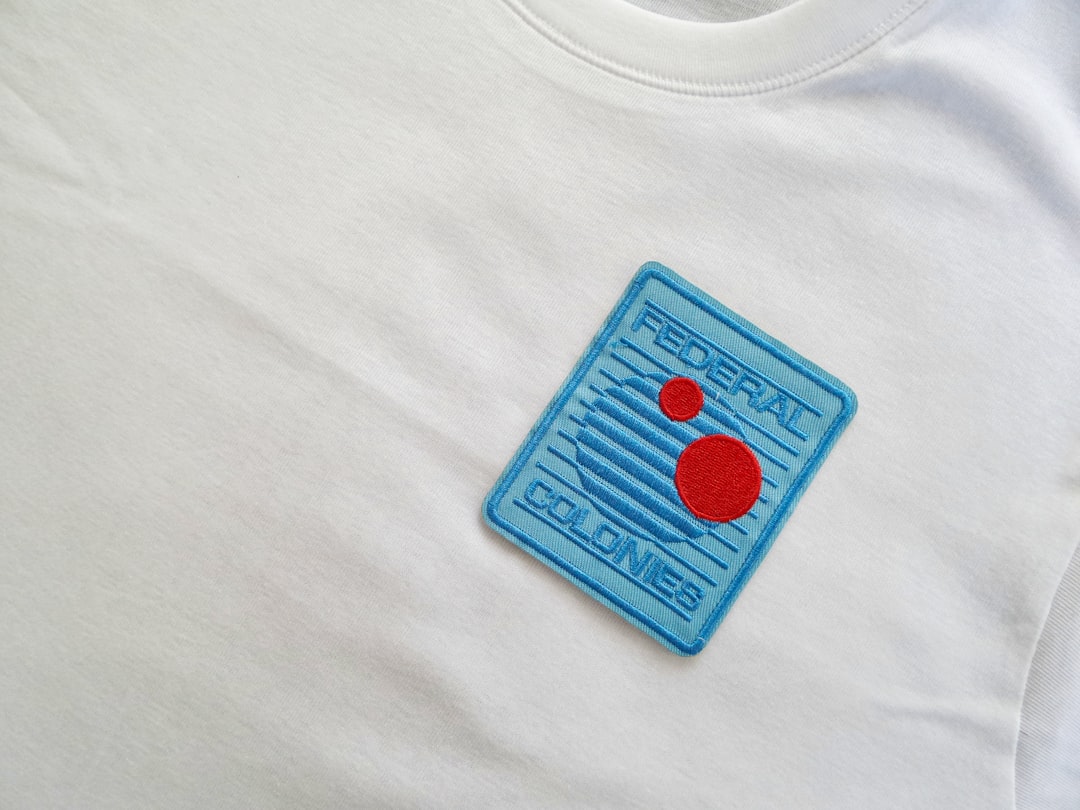
The incidence rates of DHF in Jakarta in 2010 to 2014 are always higher than that of the national rates. Therefore, this study aims to find the effect of weather parameter on DHF cases. Weather is chosen because it can be observed daily and can be predicted so that it can be used as earlydetection in estimating the number of DHF cases. Data use includes DHF cases which is collected daily and weather data including lowest and highest temperatures and rainfall. Data analysis used is zero-truncated negative binomial analysis at 10% significance level. Based on the periodic dataof selected variables from January 1st 2015 until May 31st 2015, the study revealed that weather factors consisting of highest temperature, lowest temperature, and rainfall rate were significant enough to predict the number of DHF patients in DKI Jakarta. The three variables had positiveeffects in influencing the number of DHF patients in the same period. However, the weather factors cannot be controlled by humans, so that appropriate preventions are required whenever weather's predictions indicate the increasing number of DHF cases in DKI Jakarta.



